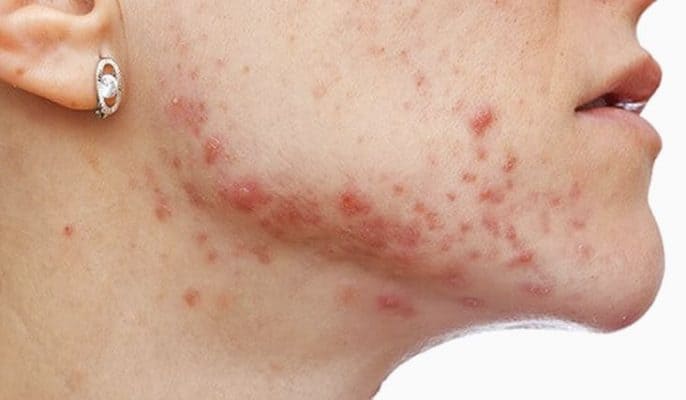
If you have any type of skin problems, it is important that you seek treatment at the first sign of an outbreak. When you think about it, you should see that over 95% of women will experience at least one outbreak in her life. It is important to get treatment when you first notice the outbreak. The best types of treatments include topical creams, ointments and suppositories.
There are many different things that you can do to keep your skin looking good. One of the best tips on how to treat fungal infection is to make sure that you have good hygiene. Be sure that you wash your hands regularly, not only when you want to use the restroom, but also after touching objects that have been shared with others. You should be able to easily spot infections by looking for redness, swelling and possible discoloration.
If your condition is severe, you may need to visit a doctor. A prescription of an antibiotic may help reduce the symptoms. Antibiotics are only recommended after testing shows that the fungal infection is present. Antifungal prescription medications are available and will help reduce the severity of the infection and any discomfort associated with it.
If you suffer from severe, frequent outbreaks, you should consider using a topical medication along with your prescription antibiotics. In this case, the medication would act as an anti-inflammatory and could possibly kill the over-productive fungal spores that are responsible for your pimples. Topical antibiotics come in creams and gels that can be applied right onto the affected areas. They tend to work faster than oral antibiotics and can help minimize the number of pimples you get during your breakout.

Long-term topical treatments with antibiotics are generally effective, but they have some downsides. Your body builds up a tolerance to the drugs, so you’ll need to take more antibiotics to get the same effect as before. This can make fungal acne worse because your body’s metabolism is speeding up to process the antibiotics and cause more harm than good. If you use long-term antibiotics for an extended period of time, you could also suffer from antibiotic resistance, a condition in which your body has created its own version of the antibiotics you’re taking. Antibiotics are supposed to kill all bacteria not only in the acne outbreak itself, but also any resistance that may develop in future. So, while it’s true that long-term use of antibiotics can create antibiotic resistant strains of acne, this doesn’t apply to long term use of topical antibiotics used for treatment.
Antibiotics and Antifungals – Antibiotics are a good way to fight fungal infections. But, they may cause side effects like redness and irritation of the skin. So, it is always better to combine oral medications with a natural anti-fungal treatment. Dandruff shampoo like Nizoral (Diethylstilbestrol) may help reduce infection.
Apart from these, there are also other anti-fungal herbs that are available in stores. Some of them include but not limited to Clove oil, Echinacea, Asafetida, Muria Pauma, Diatomaceous Earth and Burdock. Using the right treatment will not just help you treat your dandruff, it will also prevent it from happening. All these anti-fungal herbs are natural and are harmless for your skin.
If you are suffering from severe infections and have lost the ability to produce any kind of immune system due to taking too many antibiotics then you must take the necessary steps. To get rid of the root cause of the infection, you will have to undergo some serious medical care including blood transfusions. But before this you must get yourself checked by a doctor so as to rule out any other diseases like heart ailments or diabetes. Also make it a point to continue the use of antibiotics even after your infection has completely gone. This will simply help you to fight off any other opportunistic infections that may come along.
Taking Steroid Medications A lot of people who have suffered from these infections have testified to the fact that it was caused by having a weak immune system due to long term use of steroid medications such as prednisone. This medication decreases the production of interferon in your body, thus allowing for an overgrowth of Candida albicans. If you think you have had an infection before that was triggered by taking steroids, then you should stop taking them right away and see a doctor for further help. Steroids can also make your diabetes more difficult to deal with.
Antibiotics can also be used, especially topical antibiotics that are applied directly to the skin. Long-term antibiotic use, even oral medications taken over a long time can lead to various types of antibiotic resistance. A few years back, oral steroids and other topical creams that contained steroids (and even terbinafine hydrochloride) were the only ways to treat mild cases of folliculitis. The problem was that many of these drugs (including sulfamethoxazole) also had long-term antibiotic effects, causing drug resistance in many people. Today, however, researchers have identified several new approaches to treating chronic folliculitis, including antibiotics.
To date, this is the only known cure. Topical light therapy sufferers report improvements in their symptoms within as little as four weeks, while those using other methods may take as long as six months. However, don’t give up if your condition doesn’t improve even after four months. It is important to remember that bacterial vaginosis is a chronic condition and there are other treatments available.
